We provide over 100+ FREE crypto articles on our SubStack! :D (Link on our profile). This is not financial advice.
When we discuss risks in crypto, we look at both risks from the perspective of token owners and risks from the protocol. By knowing their major sources of risk exposures, we can have a better picture of what the protocol will possibly be like in the long term, and a more thorough understanding of the whole crypto space. In this article, we will walk through a general framework and additional points to consider for financial risk analysis of stablecoins.
General classification of risk
Before moving on to financial risk in details, let’s recap on the general classification of risk that we are using. Under our analytical framework, risk is either systematic or idiosyncratic.
Systematic risk are the ones that affect the whole market and cannot be well controlled by the protocol itself. This includes the market risk like price variations, failure of underlying blockchain layer and irregular user behaviour.
Meanwhile, Idiosyncratic risk are the ones that are relevant to token and mechanism design, which can be controlled by the protocol to some extent and only directly affects the particular protocol itself.
Fig 1. General risk classification
Under our definition, financial risk is a type of idiosyncratic risk. It describes the risk of losing money in operation, which is predominantly determined by how the token is designed under the protocol. Financial risk for stablecoins comes from two main areas: cashflow and collaterals.
Financial risk from cashflow
When conducting risk analysis, cashflow is often one of the most direct and easily analyzable sources of risk. Changes in cashflow for the protocol over time gives information on how well the protocol is operating, and also its ability of pulling through a crisis. Meanwhile, cross comparison of cashflow figures and growth with other protocols can show which tokens in the market are in better financial standing and hence likely to be more sustainable.
In the long term, protocols with healthier cashflow conditions are more likely to gain investor confidence and attract more people in buying the tokens. This is extremely important for stablecoins, as their values are pegged to a previously specified amount with very minimal variation in monetary values. Investors make decisions to buy stablecoins based on how they plan to utilize the token, and also whether the token is reliable in the future.
The most common way to analyze financial risk from cashflow is to break down the incoming and outgoing cash over fixed time intervals, and compare their growth. Depending on how the protocol is designed, income and expense can be further classified into sub-categories based on where they come from, such as interest, trading and operating. Significant changes in the proportions of each category may indicate structural changes in the protocol’s financial performance.
Advancing to a higher level of analysis, we can look at the key ratios calculated from cashflow data. These key ratios are created based on the data available for each protocol to compare income and expense data with the important token metrics such as price, transaction volume and market capitalization. Some of the possible key ratios that can be considered, but not limited to, are the following:
- Percentage of each sub-category of income and expense
- Ratio of cash inflow to outflow
- Protocol net income to market capitalization
- Protocol revenue income to market capitalization
Changes in these ratios give information on how the protocol has been growing over time, which helps us to identify the stage of development and expected amount of variations in finance performance to better gauge their level of risk exposures. Given the complexity of token data and the fact that most protocols have only been created in the very recent years, we are still unable to form a clear cut-off for these ratios to distinguish between the different levels of risk. Nonetheless, these ratios can be used for comparison across time and market. Also, we will expect newer projects to have less stable financials, so the seemingly negative ratios in the early stage may not lead to the conclusion that protocol is facing high financial risk. But for projects that have existed for years with a stable pool of users, significant variations of key ratios may hint there could be changes in operation that changed the token holders’ decisions and unhealthy cashflow.
Financial risk from collaterals
Another significant source of financial risk of stablecoins comes from the collaterals. In the token market today, stablecoins maintain stability of value through collaterals or algorithmic mechanisms that balances the reserved assets. The types of collaterals used directly impacts buying decisions of the stablecoin, hence play an important role in determining the financial risk exposures. To analyze such risk, we will first look at how the stablecoin maintains its value, whether the reserve is made up of on-chain assets (other tokens), off-chain assets (cash and cash equivalents), a combination of the two, or through algorithms with no reserve or partial reserve.
- On-chain collateral
For stablecoins collateralized with on-chain assets such as DAI and LUSD, the degree of transparency is often the highest as collateral data can be queried. We can study the composition of collaterals, including what are the assets making up the collateral pool, collaterization ratio of each type of asset and if there had been any significant changes in the structure of collateral pool in the past. For a stablecoin to be considered as having low financial risk exposure, the collateral pool should be relatively stable with no significant flux in proportion of each asset type. The collateralization ratio should also be set to a reasonable range, such that the value of collateral reserve can still sustain if there is a sudden decrease in collateralized asset prices, but also not to an overly high level that discourages investors from holding the token. - Off-chain collateral
For stablecoins collateralized with off-chain assets, such as cash, commercial paper, fiduciary deposits, secured loans, short term treasury bills, corporate bonds and other investments. For these tokens, financial risk exposure is lower when the proportion of cash is higher, as a reserve pool will have better ability to deal with unexpected situations that require high liquidity of assets. On the other end, tokens backed with assets that cannot be readily converted to cash may not stabilize to its pegged value when there is a sudden drop in collateral value. An important point to note here is that some protocols do not give a clear breakdown on the components of their fiat reserve. Instead of disclosing the proportion of cash, they report the proportion of cash and cash equivalents together to make the numbers more appealing to investors. Such lack of transparency will also lead to doubts and inconfidence, thereby increasing financial risk exposure. - Non-collateralized
Lastly, there is also a group of stablecoins that uses supply-changing algorithms to maintain its token price to a pegged value. Some of these tokens are partially backed by on-chain and off-chain reserves, while others are uncollateralized. For these algorithmic coins, we need to make specific analysis according to their structure of collateral. If they are completely unbacked, we can instead focus on the financial cashflow and ability of these tokens to maintain at a stable price.
Financial risk from token performance
In addition to factors arising from token design and mechanism, token’s performance is also a critical factor of financial risk. These include the ability of the stablecoin pegging to a specific monetary value, market dominance and applied uses that directly affect token’s transaction activities and income.
Low price volatility indicates that the token is well-backed by collaterals or supply is under control by algorithms, hence has better ability to store and maintain monetary value. This will attract more people to hold the stablecoin and more platforms to utilise it. We can also consider indicators like market dominance, and overall ranking of the stablecoin in the whole token market. Tokens with better rankings are likely to have more investors and transaction volume, which bring a stable income stream and enhances the protocol’s resilience against financial risk.
Conclusion
Just like the case for many other financial assets, risk analysis for stablecoins is a complex process with no clear distinctions or standards, and we may face many difficulties in deducing the level of risk present. But going from the main sources of risk from financial performance, collaterals and token performance, we can get a general picture of the financial risk exposures of a protocol. Due to the difference in design and mechanism of the various protocols, a thorough risk analysis needs to cover multiple aspects and may require analysts to create new metrics specifically applicable to the protocol.
Some additional points to consider here include the time frame of data used, as financial risk is a long term concept that is hard to predict if there are unexpected changes in token design after governance voting or new regulation being implemented. Some metrics may also have double-sided impact on financial risk. For example, over-collateralization gives a stable cash reserve to sustain through a financial shock, but also leads to large amounts of funds unused which may hinder token’s scalability in the long term. Thus, we need to be aware of these limitations, understand the interactions between different types of risks and make careful judgements when determining the level of risk exposures.
[link] [comments]

You can get bonuses upto $100 FREE BONUS when you:
💰 Install these recommended apps:
💲 SocialGood - 100% Crypto Back on Everyday Shopping
💲 xPortal - The DeFi For The Next Billion
💲 CryptoTab Browser - Lightweight, fast, and ready to mine!
💰 Register on these recommended exchanges:
🟡 Binance🟡 Bitfinex🟡 Bitmart🟡 Bittrex🟡 Bitget
🟡 CoinEx🟡 Crypto.com🟡 Gate.io🟡 Huobi🟡 Kucoin.


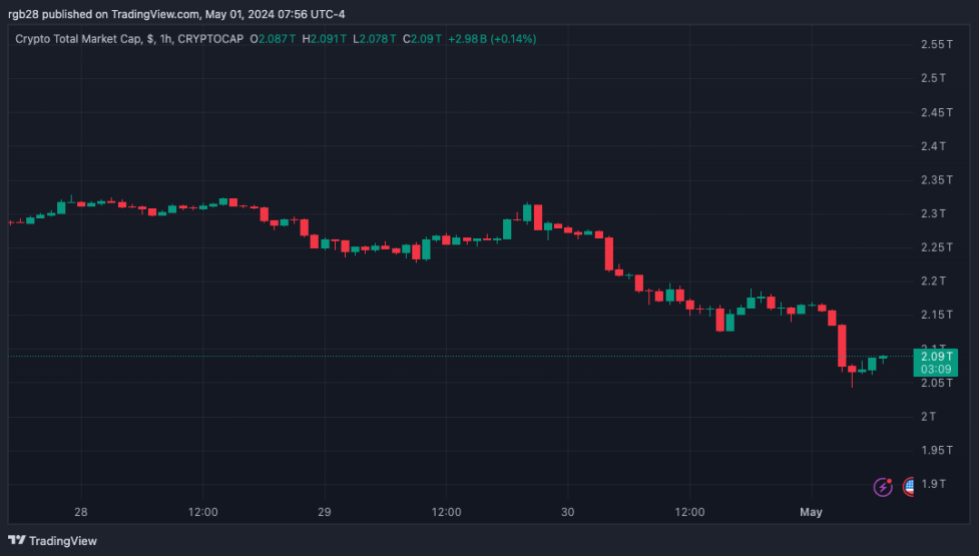



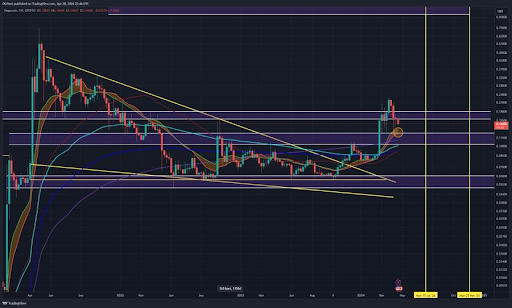


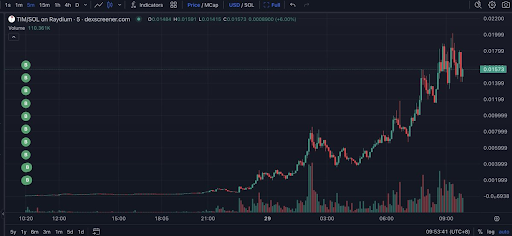



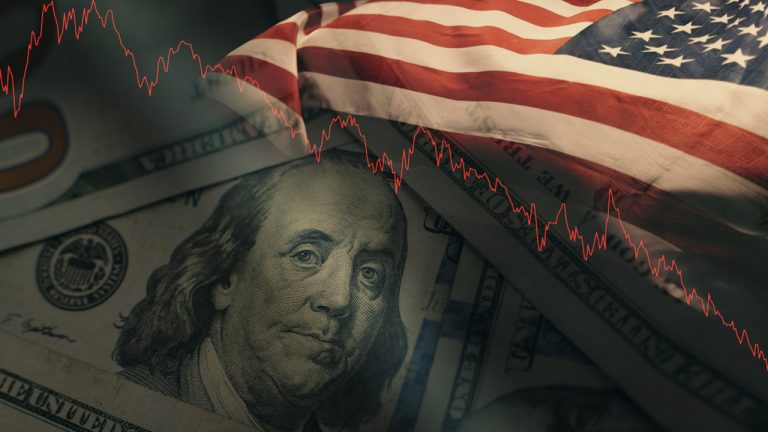
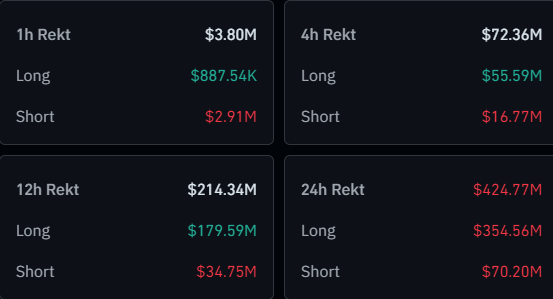





Comments